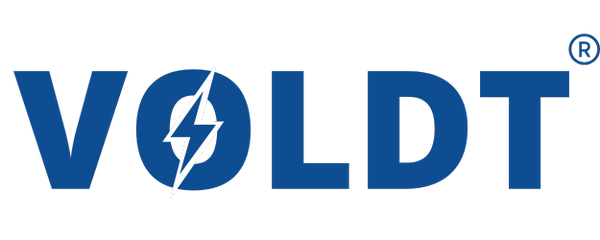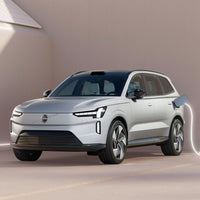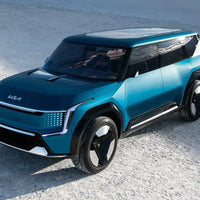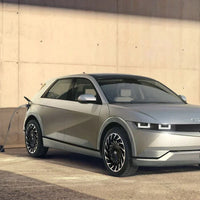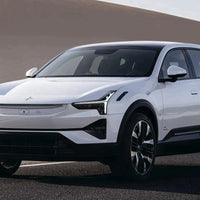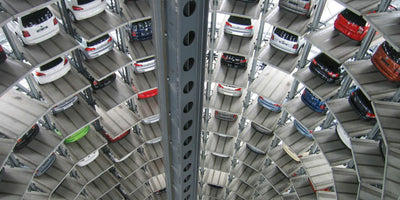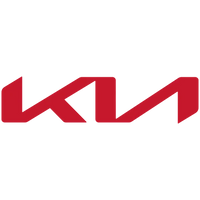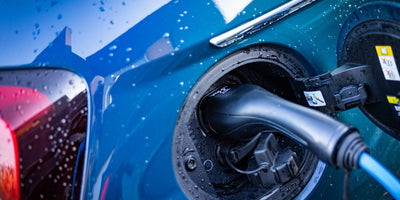Bi-directional charging is a technology that allows electric cars (EVs) to not only draw power from the grid, but also feed it back. This means your EV becomes more than a means of transportation; it transforms into a home battery that can help reduce consumption from the grid and even generate income by selling back excess energy. It brings many benefits, including reducing your carbon footprint and lowering energy costs.
What is Bidirectional Charging?
Bidirectional charging, also known as V2G (Vehicle to Grid) or V2H (Vehicle to Home), is an innovative technology that enables electric vehicles (EVs) to both charge from the grid and deliver energy back. This system plays a crucial role in balancing the energy needs of a city, region or country by charging EVs when demand for energy is low and delivering energy back to the grid when demand is high. In addition, bi-directional charging can provide backup power to homes or buildings during power outages.
Requirements for Bidirectional Charging:
- Compatible Vehicles: Not all EVs support two-way charging; it only works with vehicles that support two-way DC charging, such as the Ford F-150 Lightning, Nissan Leaf ZE1, Mitsubishi Outlander PHEV, Hyundai Ioniq 5, and KIA EV6.
- Special Charger: A special charger is required that can convert AC to DC for charging and DC to AC for discharging.
Bidirectional charging can optimize the running costs of an electric vehicle and reduce energy costs. However, there are also disadvantages such as the need for a private driveway and expensive, specialized charging stations. This makes it unsuitable for people living in apartments or condominiums because of the lack of private charging infrastructure. Still, the widespread adoption of electric vehicles and bi-directional charging can help reduce the load on the power grid, especially during peak usage times, and prevent network congestion in the future and reduce the need for costly network upgrades.

How Does Bidirectional Charging Work?
Bi-directional charging allows a two-way flow of energy, which not only includes charging your electric vehicle (EV), but also allows this energy to be used to power other devices or feed back to the grid. This process involves:
Conversion of Energy:
Your EV converts DC (direct current) to AC (alternating current) to power other devices or the grid.
- Applications:
- V2L (Vehicle to Load): Use the stored energy in your EV to power devices or systems.
- V2H (Vehicle to Home): The energy in the EV's battery is used to power your home.
- V2G (Vehicle to Grid): Your EV can feed excess electricity back to the grid.
- Smart Integration:
- Dynamic Energy Contracts: Charge your EV during off-peak hours when electricity is cheaper and use the stored energy during peak hours.
- Renewable Energy: Store excess energy generated by solar panels or wind turbines in your EV's battery for later use.
- Smart Grids: With bi-directional charging, EVs can be integrated into smart grids, allowing better matching of supply and demand.
Bi-directional charging requires a compatible vehicle or charging station capable of converting AC to DC for charging and DC to AC for discharging. Although currently only a few vehicles are compatible with V2X technologies, including V2G and V2H, this innovation plays a critical role in optimizing energy use and supporting the development of smart power grids.
Benefits of Bidirectional Charging
Bi-directional charging offers a range of benefits for both the user and the power grid. Some of the key benefits are listed below:
Financial savings and revenue:
- Selling excess energy: EV owners can sell excess energy back to the grid during peak or emergency hours, providing a potential source of revenue.
- Saving on energy bills: By storing energy during off-peak hours at lower rates and using or selling it during peak hours, consumers can save significantly on their energy costs.
Supporting and stabilizing the power grid:
- Balancing supply and demand: Bidirectional charging helps stabilize the grid by supplying energy during peak consumption and storing it when there is a surplus, especially important when integrating renewable energy sources.
- Preventing grid overload: Through smart charging and discharging, bidirectional charging can help avoid or better manage local peaks in the grid, reducing the need for fossil fuels.
Environmentally friendly and efficient energy use:
- Reduction of greenhouse gas emissions: By using renewable energy sources and optimizing energy consumption, bi-directional charging helps reduce the carbon footprint.
- Dynamic load management: Dynamic load management solutions prevent power outages and unexpected energy costs by adjusting the EV charging process based on local grid capacity.
